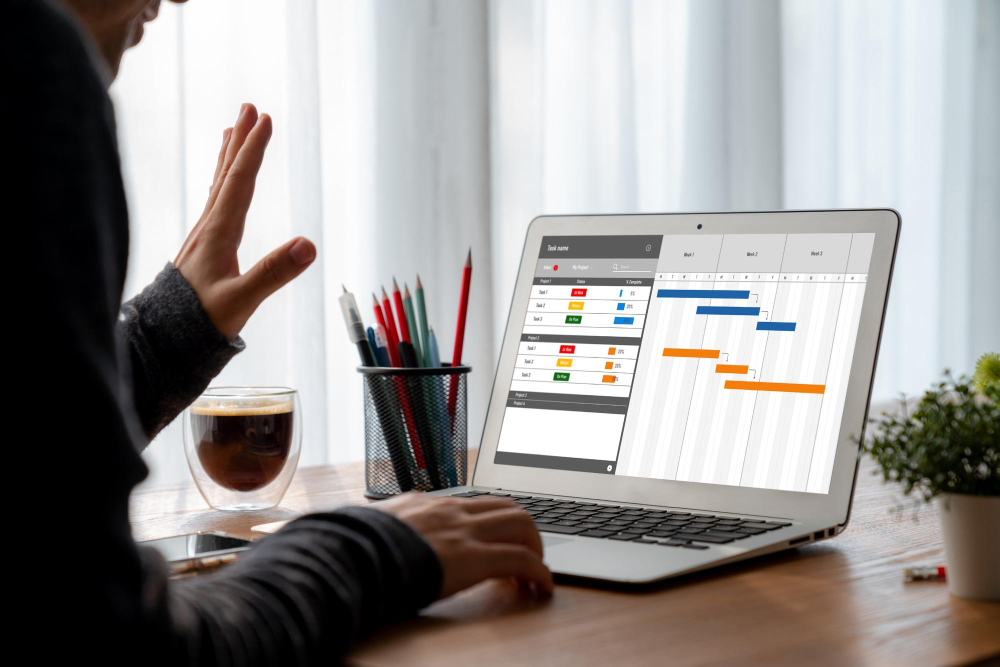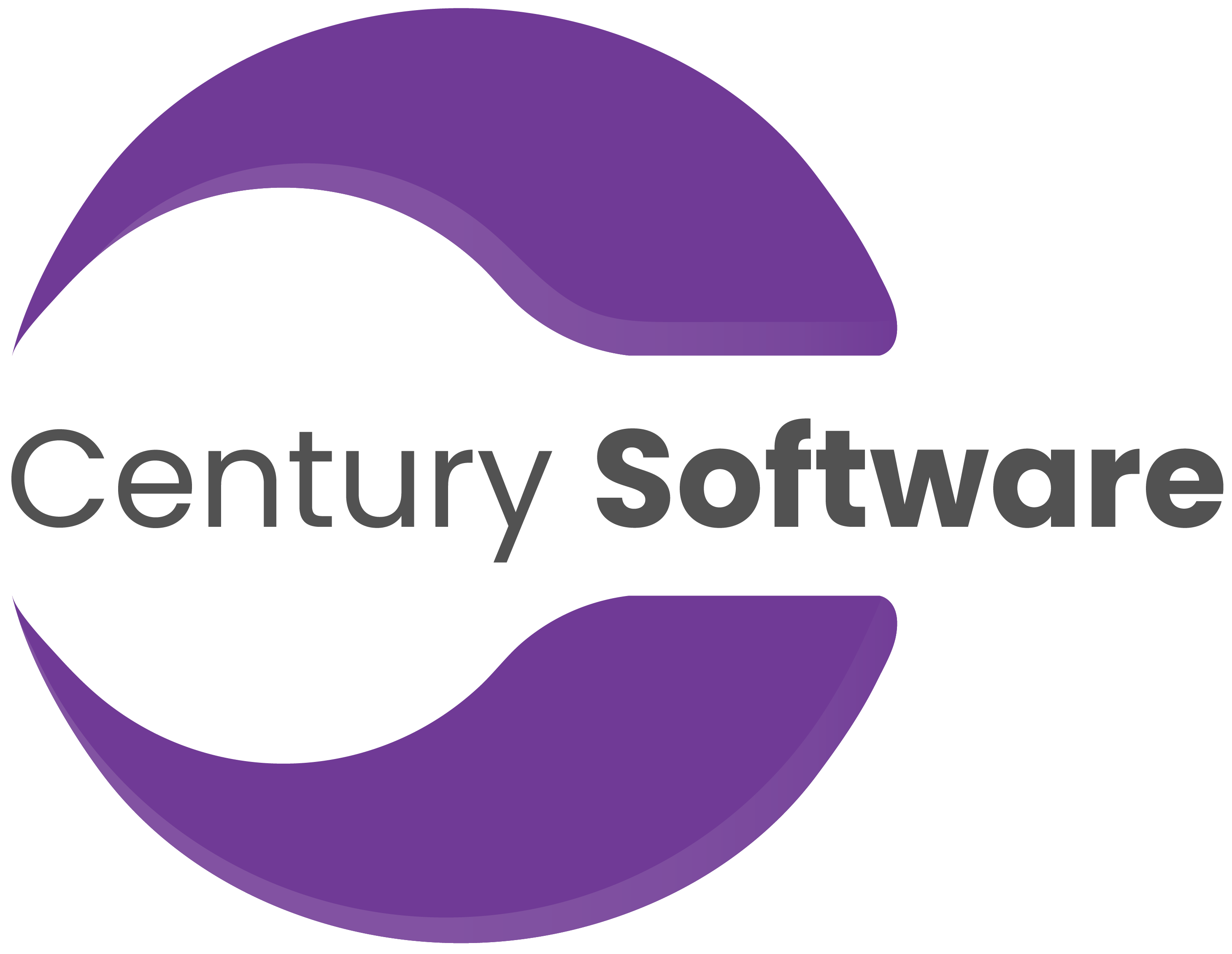
Business Process Management (BPM) software is a powerful tool designed to automate, optimize, and monitor business processes. It provides a centralized platform for organizations to manage and streamline their workflows, ensuring smooth operations and enhanced productivity. The best Business Process Management software offers comprehensive features that cater to the specific needs of businesses, whether they are small enterprises or large corporations.



